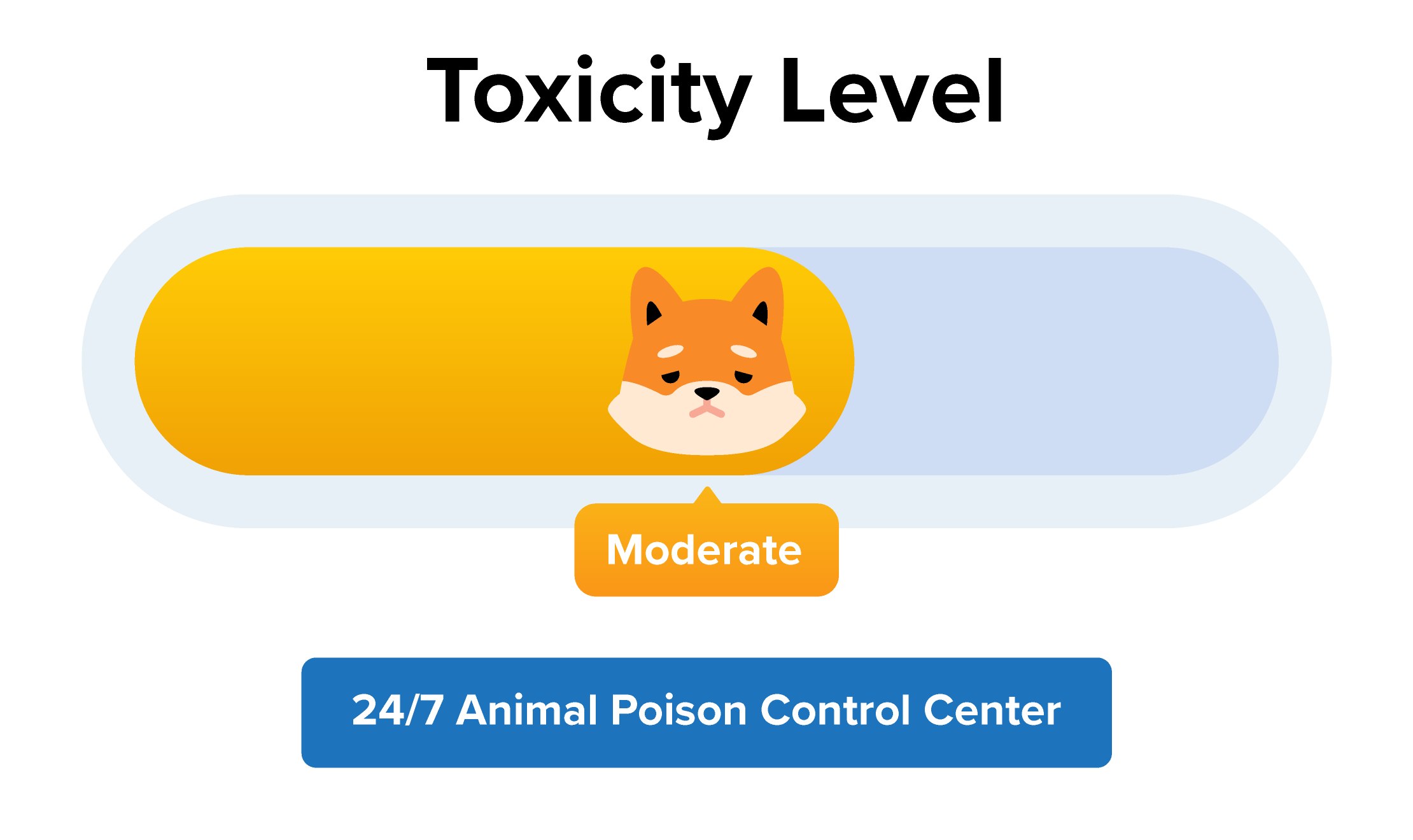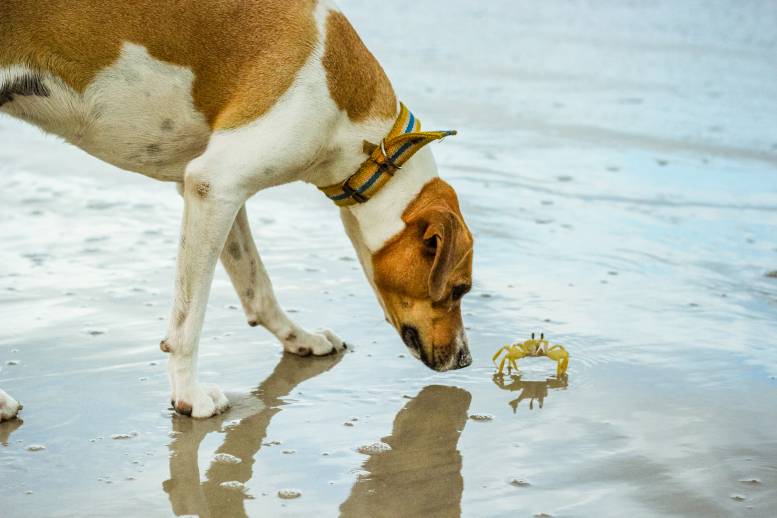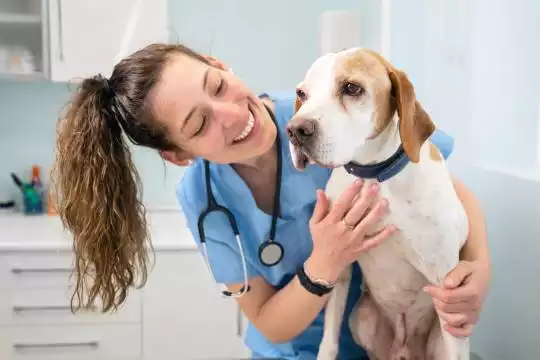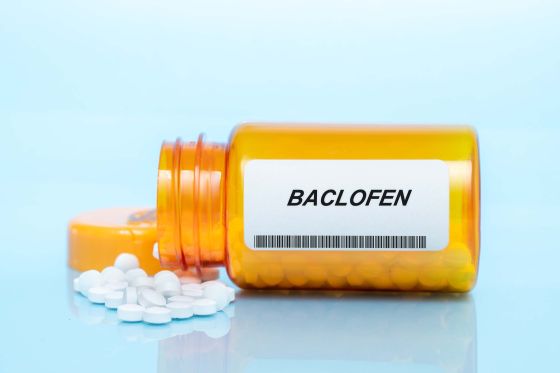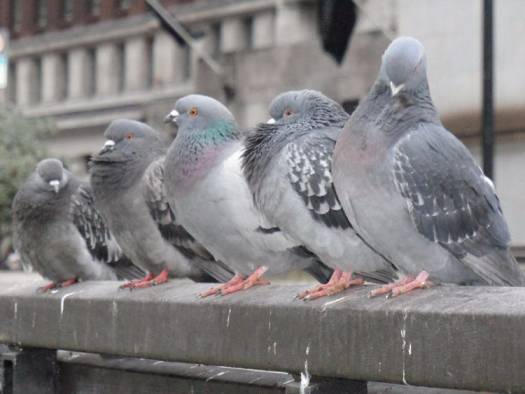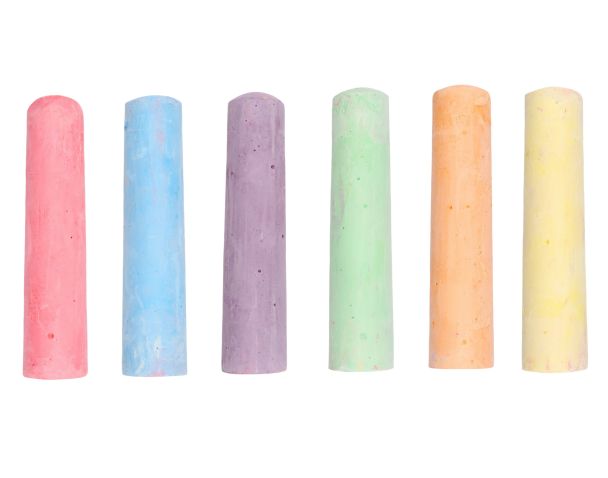Connect with a verified veterinarian in minutes. Licensed vets are available 24/7 to answer your questions. No need to worry about your furry family member.
Many pet parents love to eat crab meat! It’s healthy and tastes amazing! But what happens if your dog runs off with the crab shell and eats it? Can the crab shell make a dog sick?
Has your dog eaten crab shells? Are you worried the crab shells will make your dog sick? If so, you’ve come to the right place. We understand it can be scary when a dog eats something like this.
We’ve put together some information about crab shells and whether they can make a dog sick. Let’s get started!
What are Crab Shells?
Crabs are crustaceans that live in the ocean and the sea. They strongly resemble spiders but have five pairs of legs (10 altogether). Four of their legs are used for walking, while the two in the front have claws. The claws are used to fight other crabs, hold prey, and help the crab to eat.
These animals don’t have spines. Instead, they have an outer shell that protects them. You might say their shell acts like a suit of armor.
While the crab meat is safe for humans and dogs (when the crab isn’t cooked in other ingredients toxic to dogs), what happens if a dog eats the crab shell?
Crab Shells & Dogs
Unfortunately, the crab shell can be harmful to dogs. The material of the shell is not toxic. However, if the shell is chewed, it breaks into smaller pieces. These pieces tend to be sharp and could become lodged in the throat or esophagus, causing a dog to choke.
Another problem with crab shells is that the sharp edges of a cracked shell could also puncture or tear the dog’s digestive tract. But that’s not all. Crab shells could also clump together in the dog’s digestive tract and cause an intestinal obstruction.
So, crab shells can be deadly for dogs.
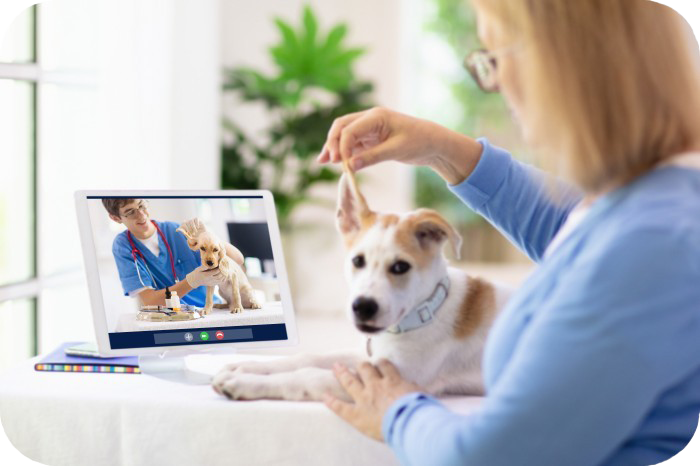
Review symptoms, medications & behavior to keep your pets healthy with a Vet Online in just minutes.
Ask a Vet Live NowWhat if My Dog Ate a Crab at the Beach?
While walking on the beach, your dog could spot a crab trying to scuttle away. If the dog is faster than the crab, he may catch and eat it, shell and all. This could be a problem.
The first problem is that the shell can be dangerous, as noted earlier. The second problem is that crabs can carry intestinal parasites and bacteria that could pass to your fur baby and make him sick.
What to Do If Your Dog’s Eaten Crab Shell
First, don’t panic. Staying calm helps you focus on your dog and what’s happening. Plus, he may stay calmer, too.
Next, try to determine how many crab shells your fur baby has eaten. Do you see any shell fragments on the floor or ground? Does your dog have fragments on his face or in his mouth? If so, this indicates that he’s chewed up the shells. Did your dog eat the crab (alive or raw) and the shell? If so, the vet will need this information, too.
The vet will need to know this information. Check to see if your dog is showing any symptoms, and note down what they are.
Now, you’re ready to call the vet. Provide them with all the information you gathered above. They can then guide you on what needs to happen next to help your canine companion.
What Not to Do If Your Dog Eats Crab Shell
Do not induce vomiting. The shell pieces could be sharp and cause damage and pain on their way up. It’s also possible your dog could inhale the vomit and shell pieces into his lungs. This can cause lung damage, as well as dangerous infections, such as pneumonia.
Be sure to keep your dog from eating grass. Eating grass may cause him to vomit, which can be dangerous (see point above).
Symptoms of Crab Shell Ingestion in Dogs
You may notice these symptoms if your dog has eaten crab shells:
- Diarrhea
- Vomiting
- Constipation
- Abdominal pain & swelling
- Weakness
- Loss of appetite
- Lethargy
If your dog has any of these symptoms, then call the vet immediately. This is an emergency. Don’t wait to see if your dog’s symptoms improve or worsen. He needs to see the vet ASAP.
The good news is that dogs who receive prompt medical care have the best chance of making a full recovery. So, don’t wait to call the vet. Your dog’s life depends on it!
Connect with a verified veterinarian in minutes. Licensed vets are available 24/7 to answer your questions. No need to worry about your furry family member.

Julie
Julie is a graduate of the University of North Carolina, Wilmington, where she studied Animal science. Though contrary to the opinion of her parents she was meant to study pharmacy, but she was in love with animals especially cats. Julie currently works in an animal research institute (NGO) in California and loves spending quality time with her little cat. She has the passion for making research about animals, how they survive, their way of life among others and publishes it. Julie is also happily married with two kids.
Review symptoms, medications & behavior to keep your pets healthy with a Vet Online in just minutes.
Ask a Vet Live Now
